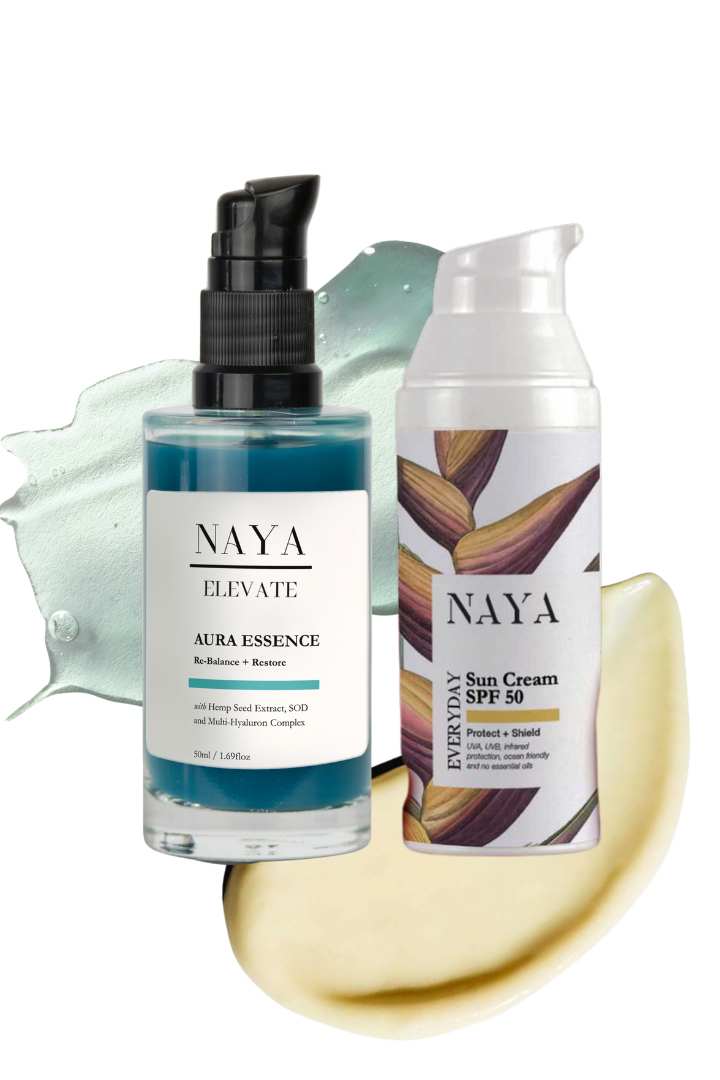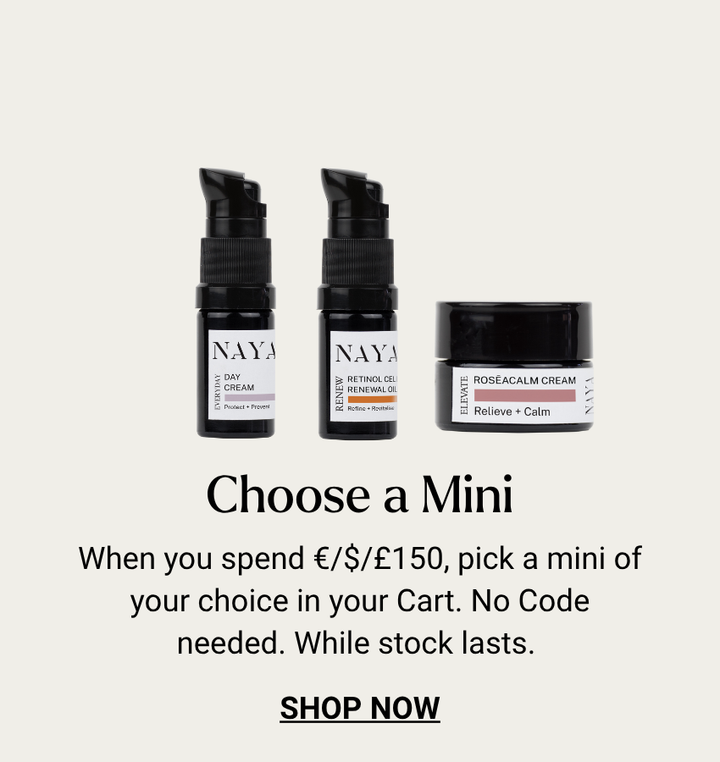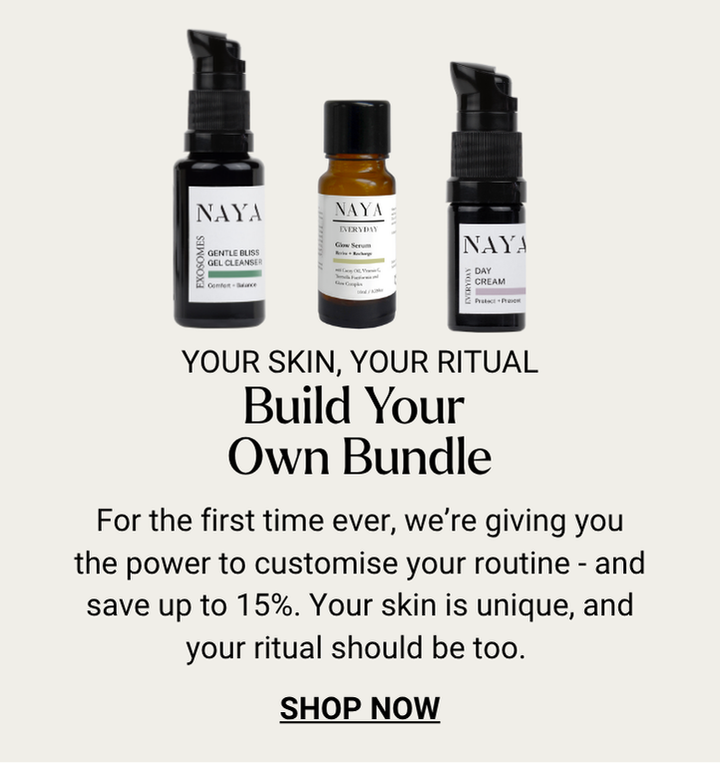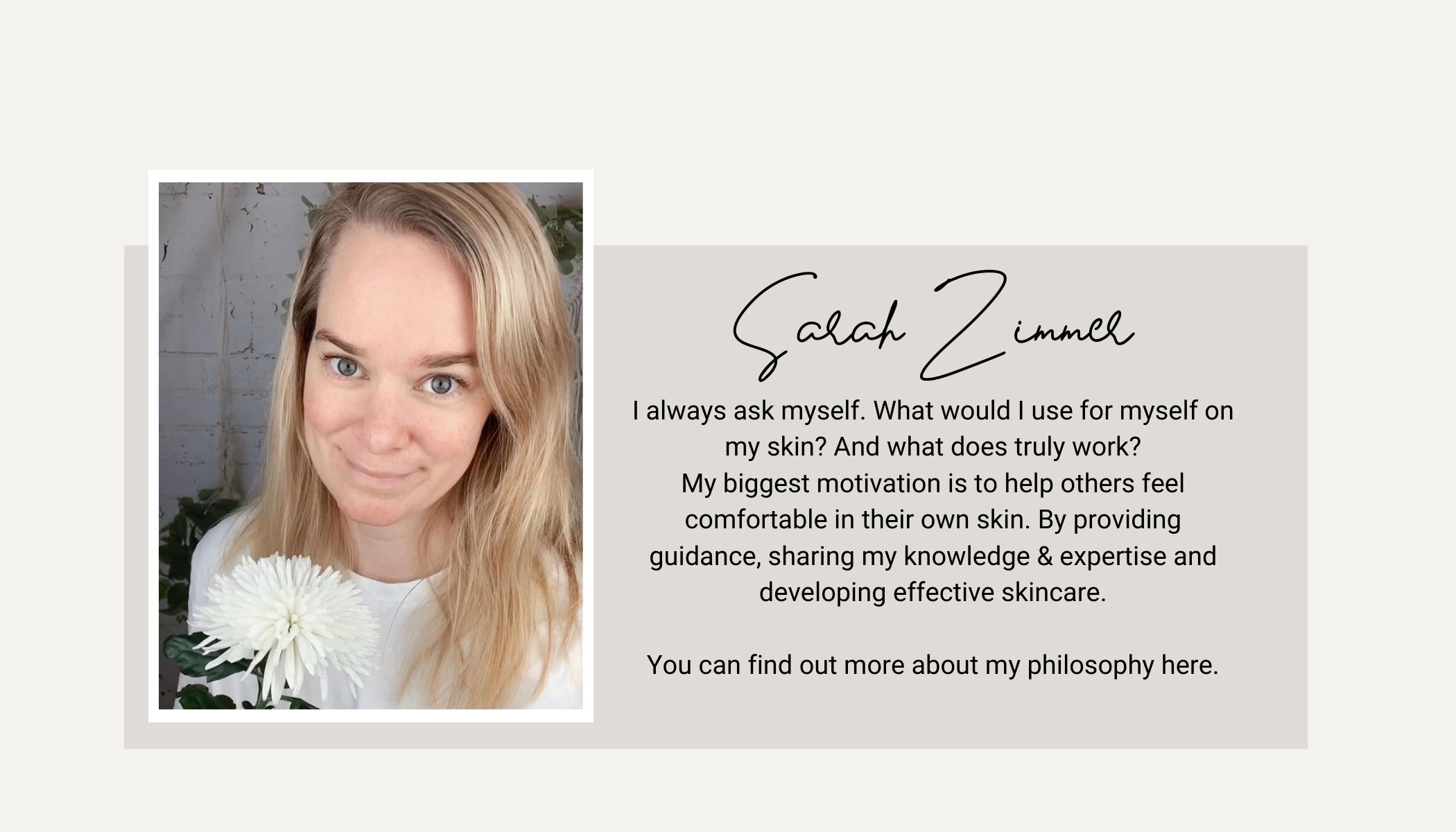Natural Beauty & Clean Beauty: What You Need to Know
Clean Beauty Explained: What It Really Means (and What It Doesn’t)
Clean beauty is everywhere. Walk into any beauty store and you’ll see shelves full of products labeled clean, natural, non-toxic, or eco-friendly. But what does clean beauty actually mean? Is it just a trend, or does it really live up to the hype?
Let’s break it down — without the fluff, fear-mongering, or greenwashing.

What Is Clean Beauty, Really?
Clean beauty explained in simple terms? It’s skincare and makeup that claims to leave out “toxic chemicals” — things like parabens, sulfates, mineral oil, and synthetic fragrances.
But here’s the catch: clean beauty isn’t regulated. There’s no global definition. No legal standards. No official list of banned ingredients. Every brand basically makes up its own rules.
So when you’re asking “is clean beauty better?” or even “is clean beauty a scam?”, the answer is… it depends. Clean beauty can be a step in the right direction — but it’s also full of loopholes, misleading claims, and a whole lot of marketing spin.
The Clean Beauty Movement: From Good Intentions to Greenwashing
Originally, the clean beauty movement might have started with good intentions — driven out of the US market - pushing for transparency, safer cosmetic ingredients, and fewer irritants for sensitive skin types. Something the US market lacks of in comparison to the European market where standards are much higher to launch a skincare product in the market.
But somewhere along the way, it got hijacked by big beauty brands. Many started slapping “clean” on their packaging while quietly using other questionable stuff — like microplastics, synthetic chemicals, or fragrance allergens that can still trigger allergic reactions.
That’s where greenwashing in the beauty industry comes in. Companies use words like “clean,” “green,” or “pure” to make products look safe or eco-friendly — even if nothing meaningful has changed in their supply chains or formulations.
Clean Beauty Ingredients to Avoid — And What They Miss
Most clean beauty brands claim to cut out “the nasties.” Things like:
- Parabens
- Silicones
- Synthetic dyes
- Artificial fragrance
Which sounds great, right?
But here’s the thing: this list barely scratches the surface. Clean beauty myths often focus on the obvious ingredients while ignoring things like:
- Microplastics in skincare (yep, still legal — but not sustainable)
- Harsh alcohols or essential oils that irritate sensitive skin
- Poorly sourced raw materials from unethical or environmentally harmful sources
- “Natural” ingredients that are not actually safe for all skin types
So yes, “clean” might mean fewer questionable ingredients — but not necessarily better for your skin or the planet.
At NAYA, we go much further. We voluntarily exclude twice as many questionable ingredients as the EU bans — more than 3,000 ingredients in total. That’s over 300× stricter than U.S. standards and significantly beyond what most “clean beauty” brands claim.
Why? Because ingredient integrity isn’t a trend for us — it’s a commitment. From ethical sourcing of raw materials to eliminating synthetic chemicals and microplastics, our philosophy is built on science, sustainability, and skin health — not marketing buzzwords.
This is what I call unique craftsmanship in the beauty industry.

What About Natural Beauty?
Now let’s talk natural beauty products.
Unlike clean beauty, natural beauty is supposed to use ingredients from nature — think botanical extracts, plant oils, or mineral clays. But again, the term isn’t protected. There’s no legal definition here either.
You can follow something like ISO 16128 natural ingredients — a technical standard that helps measure the “natural origin” of a formula. Or you can look for natural beauty certifications like NATRUE or COSMOS. But these are voluntary and vary from one organisation to another.
That means yes — products labeled “natural” can still contain synthetic chemicals or preservatives. And no, not everything natural is automatically good for you (poison ivy is natural too, after all).
Clean Beauty vs. Natural Beauty: What is the Difference between clean and natural beauty
Here’s a simple way to look at it:
Clean Beauty Meaning
- Avoids certain ingredients, often synthetic - always based on founders marketing story, positioning and knowledge
- It is not legally regulated term but more a marketing stunt
- There are no certifications and it is all down to how the brand wants to position itself in the market
- There is no guarantee that the formulation is neither safe for the health of your skin nor environmentally-friendly
- Includes synthetics - often which isn't a problem but when they are based on microplastic, petroleum, mineral oil - this is a problem.
- There are plenty of hidden toxins in clean skincare and clean beauty has loopholes as it is a marketing tool
Is Natural Skincare better?
- Focuses on ingredients from nature
- Is this term legally regulated - no, there is no legal regulations but you can determine each product with an ISO and indicate how much of it is natural.
- You can get certifications which are expensive, contain a annual license fee and are conducted by marketing agencies - so gain, based on the marketing agency how they define natural it various
- Not always, as natural ingredients can contain allergens and other traces that can harm the skin, hence knowledge is power and understanding is sanity
- It can also include synthetics if allowed by the marketing agency body aka the certifier - they are here to make money as well and not care for your skin health
In short? It’s confusing and based on individuals and whoever has more marketing budget to spend on their marketing story - but rarely on knowledge and understanding — and it puts a lot of pressure on you, the customer, to make informed choices.

Are Microplastics Still Legal in Cosmetics?
Surprisingly, yes.
Even some “clean” brands still use microplastics in skincare — especially liquid polymers and film-formers that feel silky on the skin but build up in the environment. While the EU has started regulating them, most cosmetic regulations still allow their use — and there’s no rule that says a “clean” product can’t include them.
So next time you hear a brand talk about being “eco-friendly,” it’s worth asking: what’s really in the formula? And are they doing anything to clean up their supply chains too?
What You Can Control: Your Own Awareness
Here’s where you do have power:
- Learn how to read a cosmetic ingredient list (INCI)
- Avoid relying on front-of-pack buzzwords like “clean,” “green,” or “pure”
- Know your skin need and what it reacts to
- Define YOUR skin focus and don't be influenced by influencer - majority get paid for what they say and what they show
- Don’t overload your routine with dozens of products
- Look for ethical sourcing, not just trendy claims
- Trust brands that are transparent about their raw materials and concentrations
You don’t need 10-step routines or 500 ingredients a day. In fact, that can often cause more harm than good.
Final Thoughts: Is Clean Beauty Better?
If you’ve made it this far, you probably get the idea. The answer to “is clean beauty better?” isn’t a clear yes or no.
It depends on:
- The brand’s definition of clean
- The integrity of the ingredients
- Your individual skin needs
What’s certain is that clean beauty isn’t regulated, and the term alone doesn’t guarantee anything. The same goes for natural. What matters more is what’s actually inside the bottle, and how those ingredients work for you.
The best kind of skincare? One that combines transparency, performance, and purpose — without hiding behind fluffy labels.
Want to go deeper?
Check out our ingredient glossary or download our free Pocket guide to help you decode your skincare.















Leave a comment